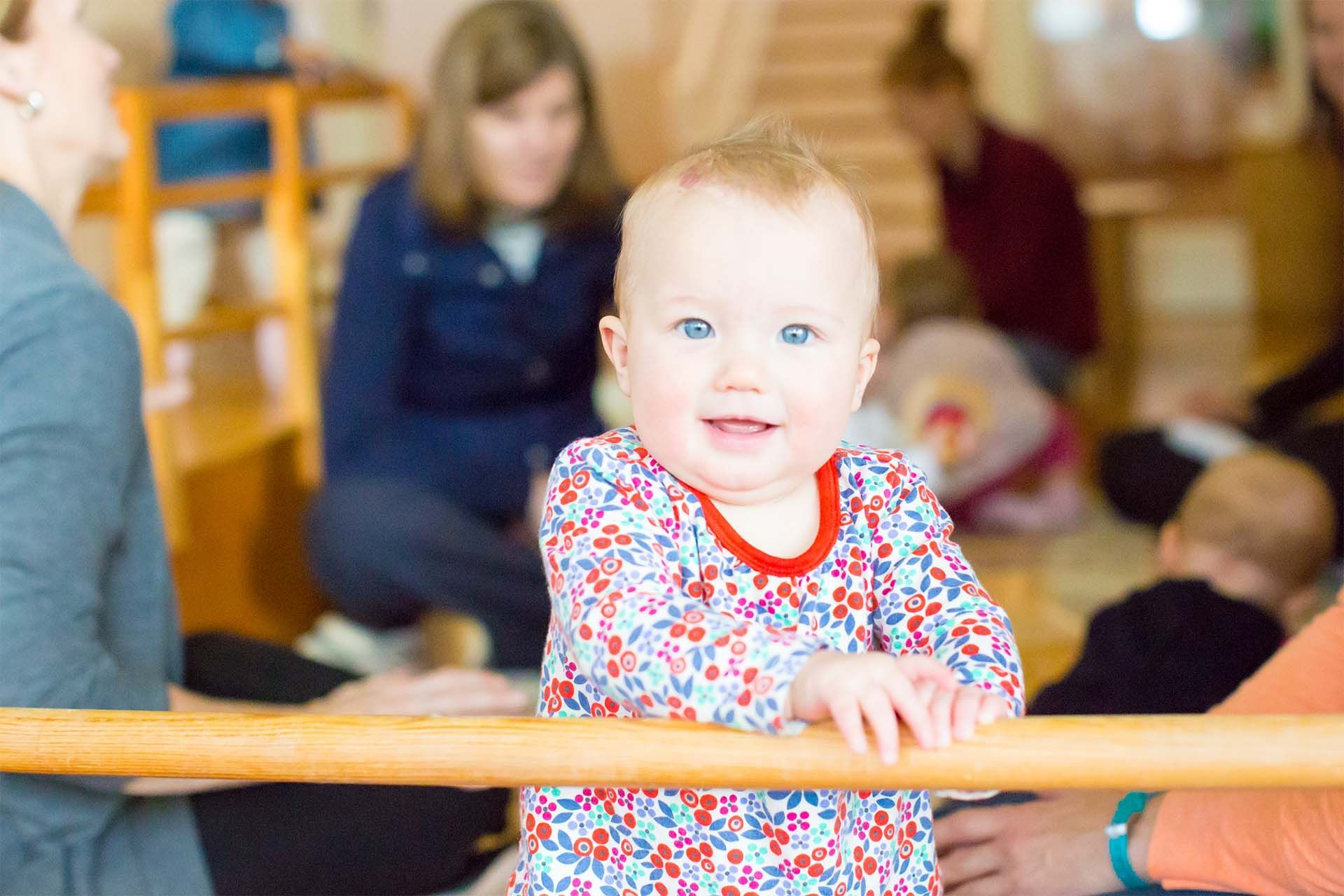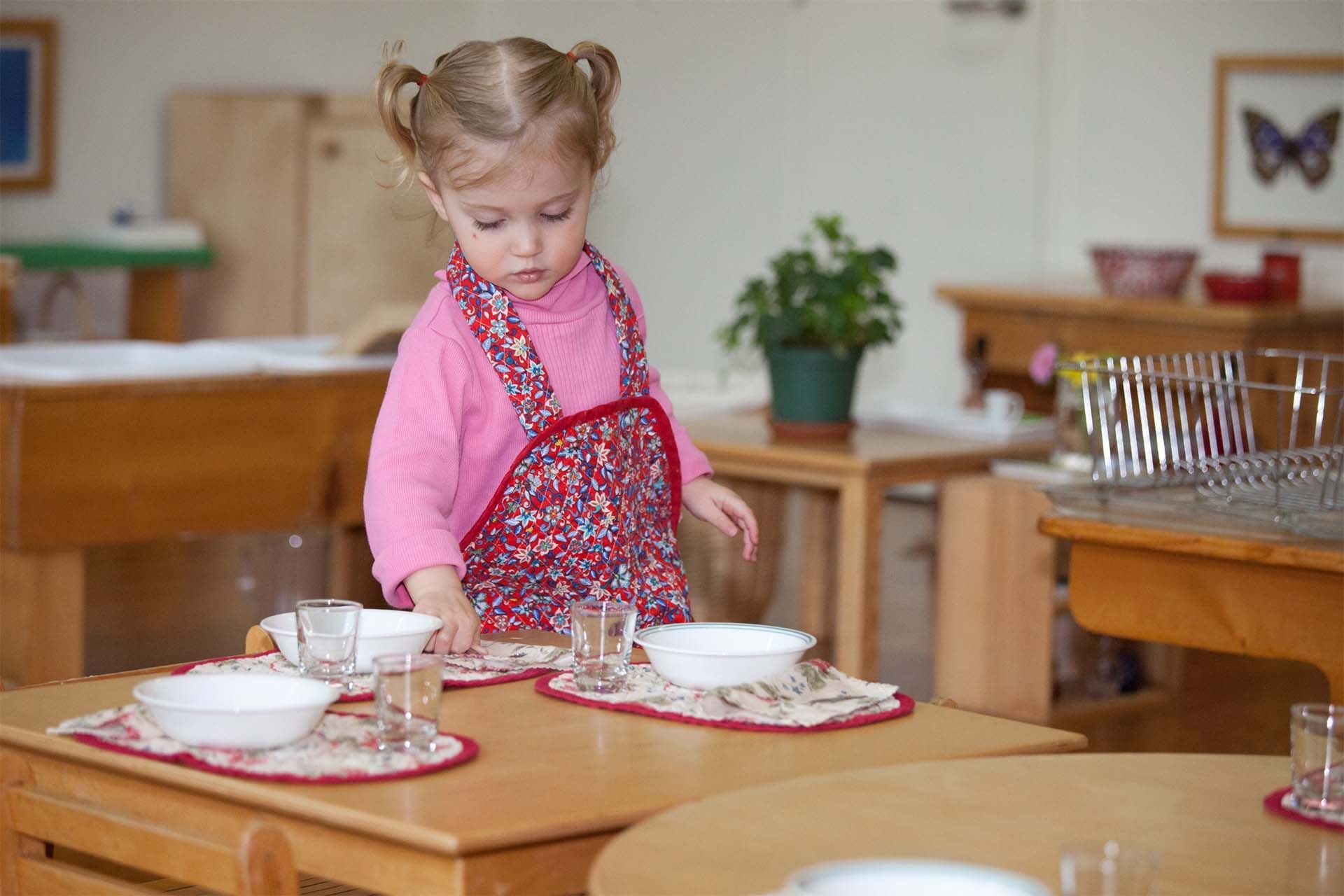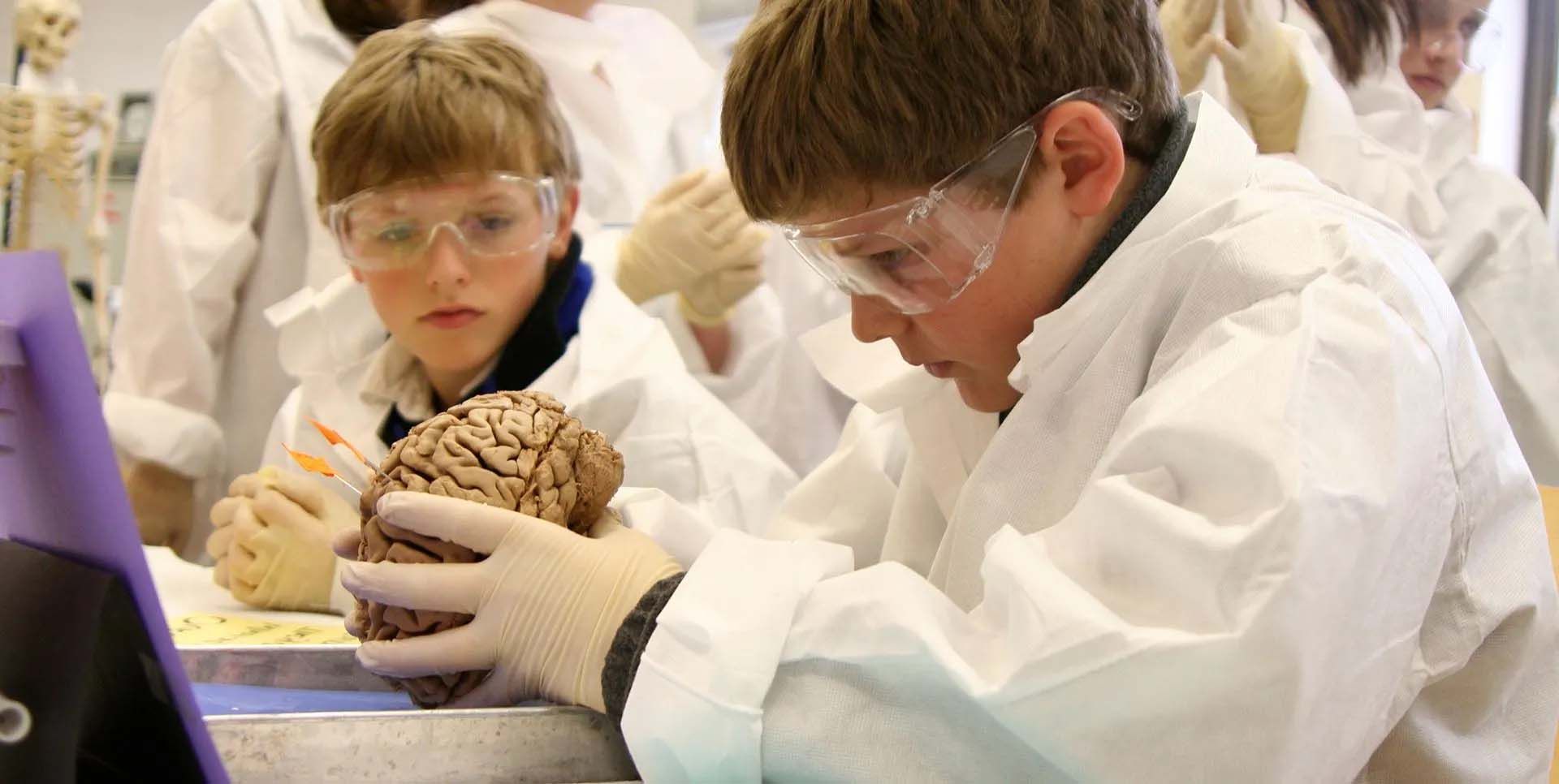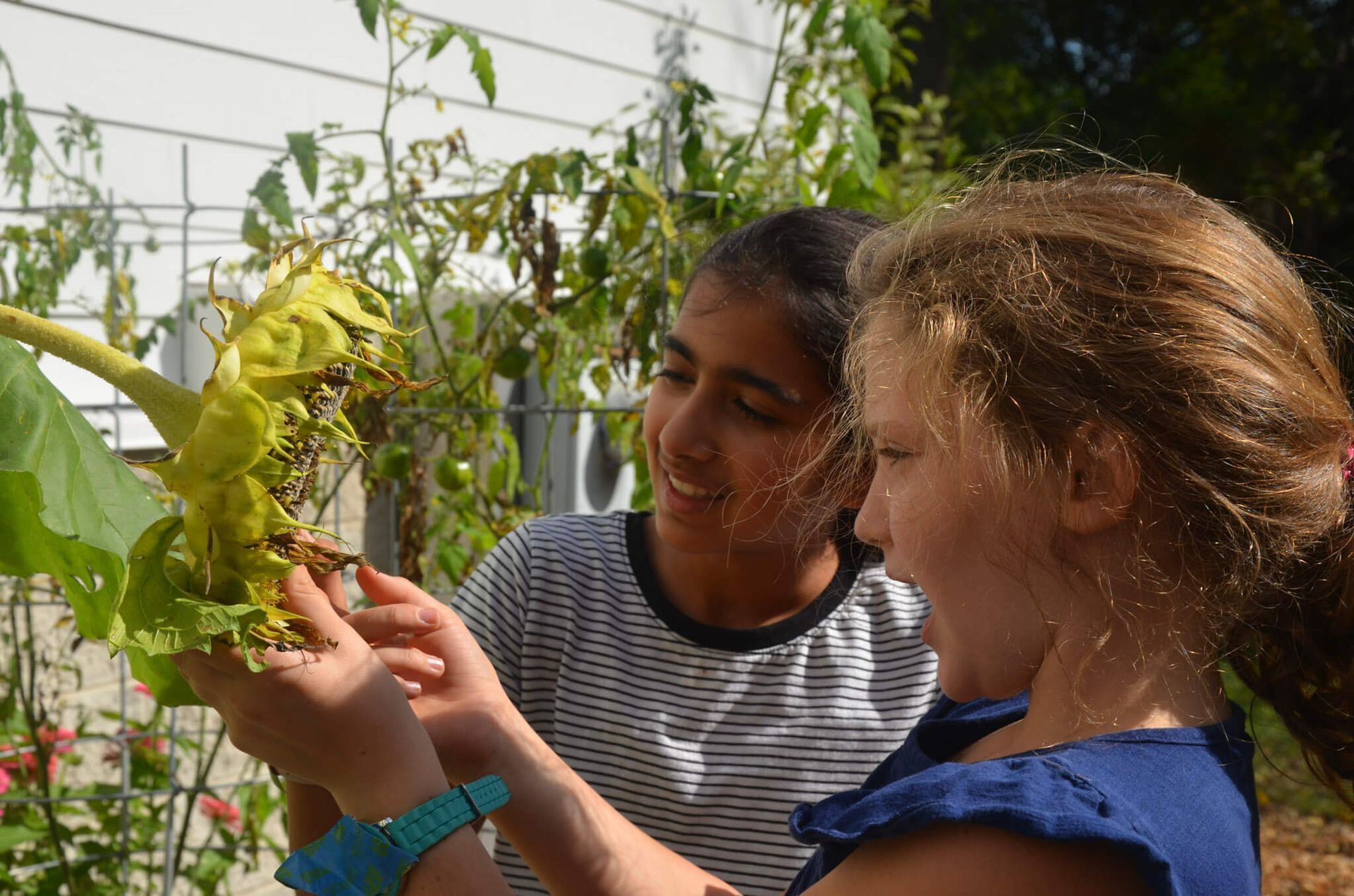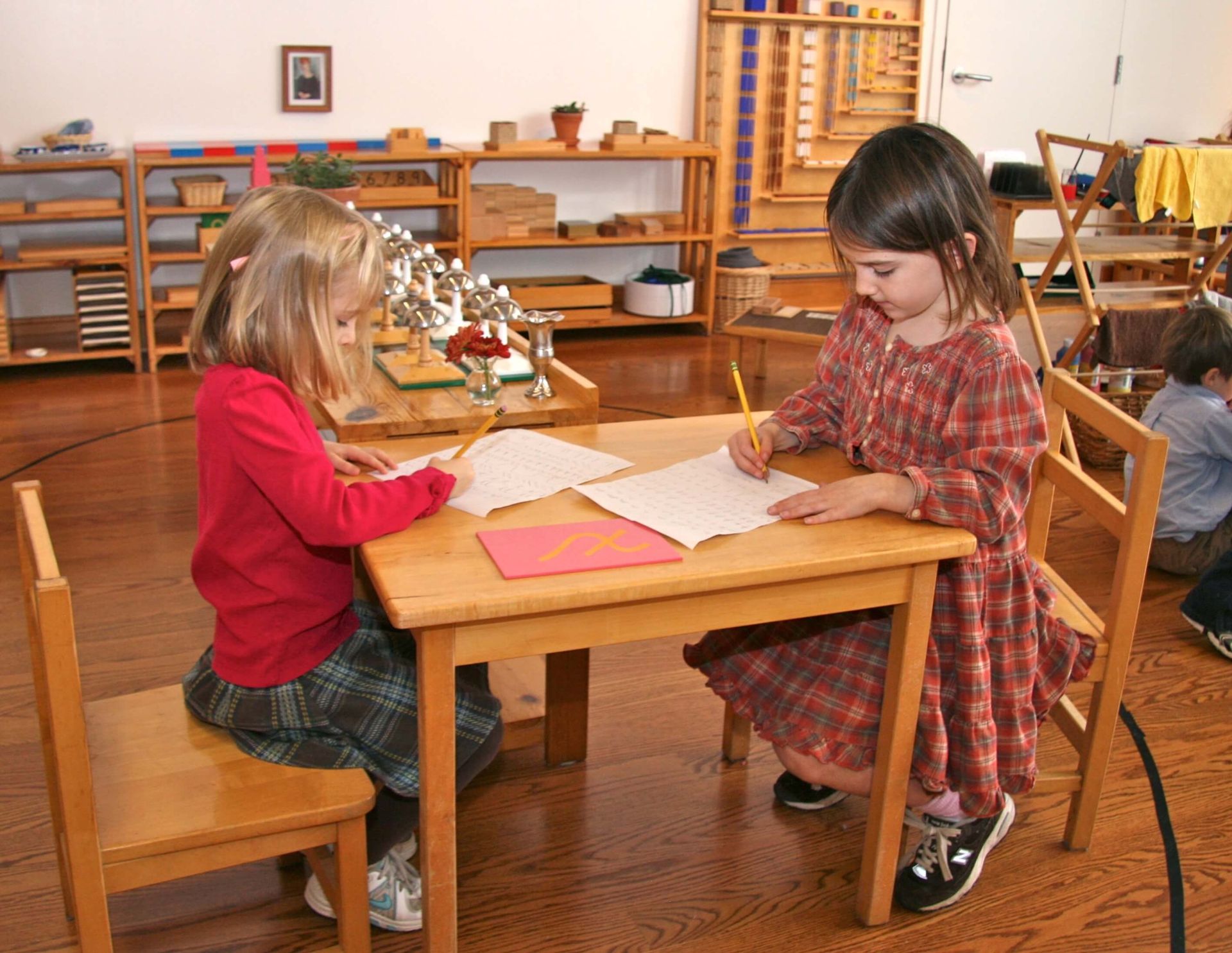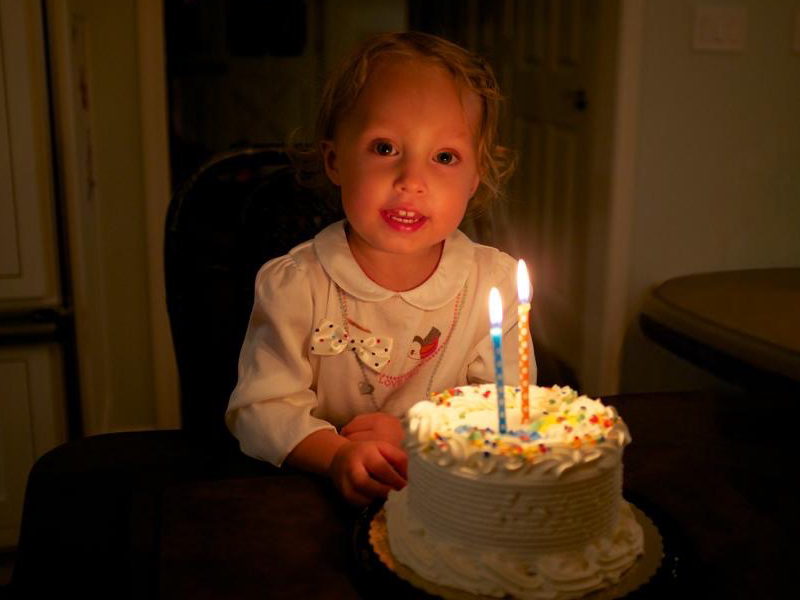Our Montessori Mission at Forest Bluff School is to Guide Children in Their Self-Formation From Birth Through 14 Years of Age.
Self-formation follows universal principles but presents uniquely for each child. It is best achieved in an educational environment that fosters self-discipline and the opportunity to exercise freedom appropriate to the child’s developing sense of responsibility. Skills of strong character are readily observed in the child’s growing respect for others, the environment, and the self. Read our
full mission here.
Why Do So Many Families Choose Montessori?
Lessons are designed and given to each child when they are most ready to learn.
Social, emotional, and physical development is emphasized along with academic skills.
Current neurology and human development research consistently backs Montessori.
"We are admiringly grateful for all you have done for us and our children. It seems like only yesterday that we first visited your school. What impressed us initially was the practical approach to learning all aspects of a classic education but in a much more meaningful way. Laura appreciated the fact that our children could fall in love with learning by satisfying their natural curiosity about the world around them."
Edward and Laura C.
Visit Us!
We invite you to visit our school, meet the teachers, and observe the children in their classrooms. We encourage you to ask questions and learn about the opportunities available at all levels of our programs.

